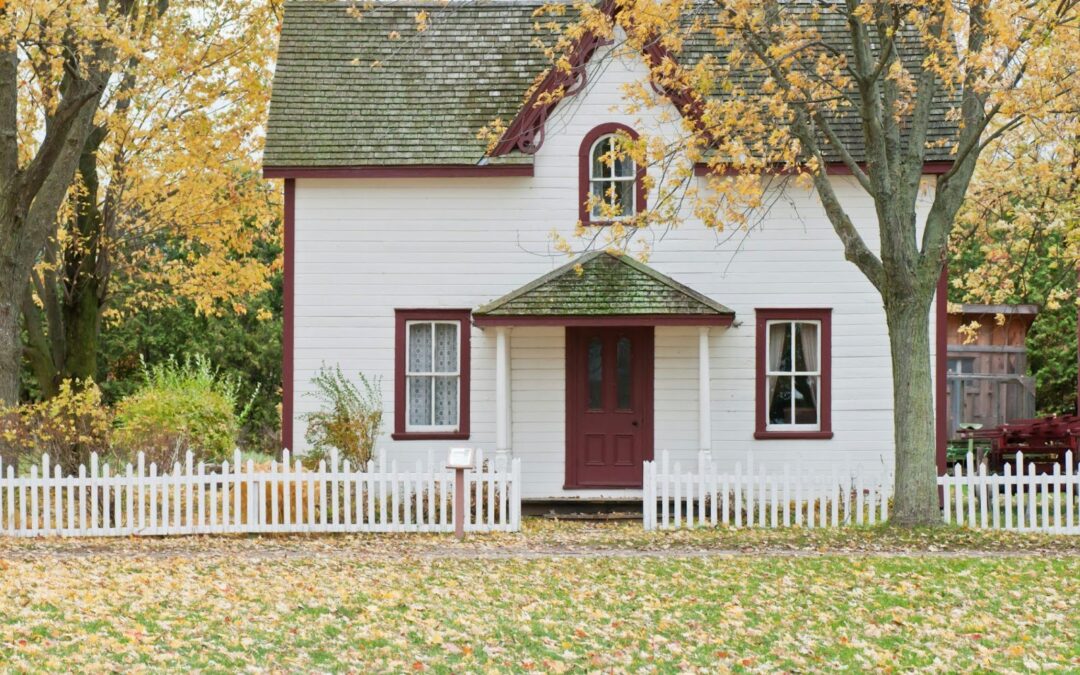Do you take your local weather conditions into account when choosing your fence? Or are you interested in a fence that offers privacy, security or just looks great?
Wall fences are a great option for you if you lives in a climate and location that can be challenging. The right choice of fence is not just used to bring an aesthetic appeal to your home but should also endure the environmental impact that includes either scorching heat or freezing cold, moisture and wind. To ensure that your fence serves its purpose without the need for extensive repairs, you need to choose the right material and design adapted to your geographic conditions.
1. Consider Your Climate
Your local weather plays a crucial role in determining the best fence materials and styles for your property. Below are some key climate factors to consider:
Hot and Dry Climates
Your local weather is an essential component of what fencing materials and styles will best suit your property. Here are some key climate factors to bear in mind:
Best Materials: Metal, vinyl, or composite fences perform well in hot and dry conditions.
Avoid: Wood fences, since excessive heat and dryness can warp, crack, and fade them.
Fence Tips: Look for materials with UV-resistant coatings to protect against fading and deterioration. Install posts below the frost line to help prevent shifting during freeze-thaw cycles.
Cold and Snowy Climates
Best Materials: Vinyl, aluminum, and pressure-treated wood are best for moisture-heavy environments.
Avoid: Untreated wood, which can rot, warp and attract mold.
Fence Tips: Make sure that drain water away from the fence post to avoid standing water and erosion
Humid and Rainy Climates
- Best Materials: Vinyl, aluminum, and pressure-treated wood are best for moisture-heavy environments.
- Avoid: Untreated wood, which can rot, warp and attract mold.
- Fence Tips: Make sure that drain water away from the fence post to avoid standing water and erosion
Coastal Areas (Salt Air and Wind Exposure)
- Best Materials: Aluminum as well as vinyl are both great choices as they can withstand salt corrosion along with high winds.
- Avoid: Wrought iron and untreated metal, which can rust.
- Fence Tips: Choose a wind-resistant fence design, like slat gaps to minimize wind resistance
2. Assess Your Location and Needs
Aside from climate, take into account the needs of your particular location, including, but not limited to privacy, security and zoning laws.
Urban and Suburban Settings
According to HomeAdvisor’s fence guide, factors such as material type and property size can impact installation expenses. For privacy, solid panel fencing — such as wood or vinyl — helps make a private enclosure. If you live in a neighborhood where the HOA restricts what materials and how tall a fence is, check with the HOA before you install one.
Rural and Agricultural Areas
For privacy, solid panel fencing such as wood or vinyl it helps make a private enclosure. If you live in a neighborhood where the HOA restricts what materials and how tall a fence is, check with the HOA before you install one.
High-Wind Areas
Choose a fence with gaps, such as picket or rail-style fencing, to allow wind to pass through. Consider a fence with gaps (e.g. picket or rail-style fencing) to let wind pass through. Stabilize an opening or wide post with deeper post installation.
Wildlife-Prone Areas
If deer, rabbits or other wildlife are prevalent in your region, you might want to build a fence high and sturdy enough to deter animals.
Choice of Fence: If you want it to be visible, metal or wire mesh fencing is very effective at holding animals back from your garden.
3. Evaluate Maintenance Requirements
Fencing material requires different levels of maintenance. You should also consider how much maintenance you are willing to devote over the years.
- Low Maintenance: Both vinyl and aluminum fences need very little upkeep — usually just an occasional wash will do.
- Moderate Maintenance: Metal fences, like wrought iron, may need rust-proofing and repainting after some time.
- High Maintenance: Wood fences require periodic staining, sealing and repairs to avoid rotting or being eaten up.
4. Factor in Aesthetic Appeal and Property Value
The properly selected fence can augment the curb appeal and value of your property.
- Modern Homes: Metal or composite fences give a streamlined appearance.
- Traditional Homes: Wooden fences or classic picket styles suit traditional architecture
- Rustic or Farmhouse Homes: Post-and-rail or split-rail: This style of fencing has the natural aspect to it.
5. Compliance with Local Codes and Regulations
Check with local zoning laws and HOA guidelines before putting up a fence. Many municipalities have regulations regarding fence height, materials and placement. For further home improvement tips, read the guide on home improvement and fencing regulations and installation best practices.
Final Thoughts
Choosing the proper fence according to climate and location is key in allowing it to stay sturdy, useful, and classy for years. Before making the decision, homeowners need to consider the right of way in fencing such environmental concerns, upkeep needs, and local regulations. A high-quality fencing can improve the beauty and durability property making it a worthwhile investment for the long run.
For further household renovations, learn some useful fence installation guidelines before starting your project. This is the go-to guide for fencing material and installation.

Recent Comments